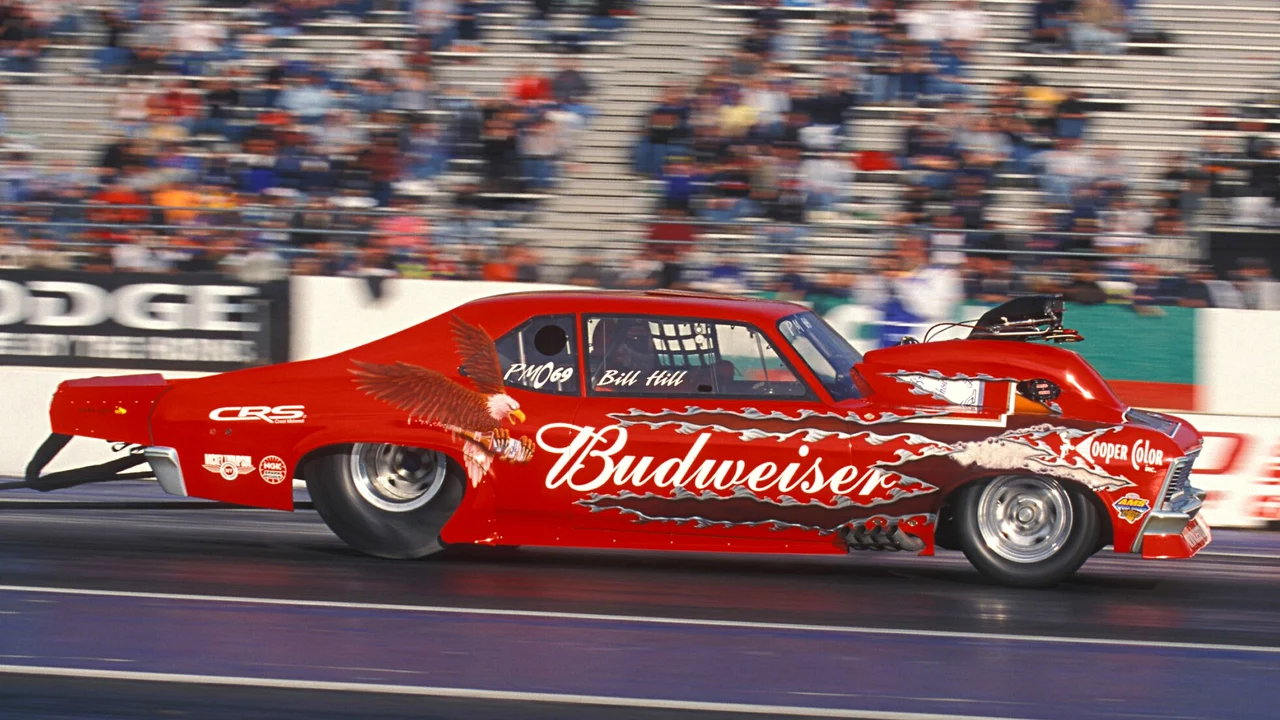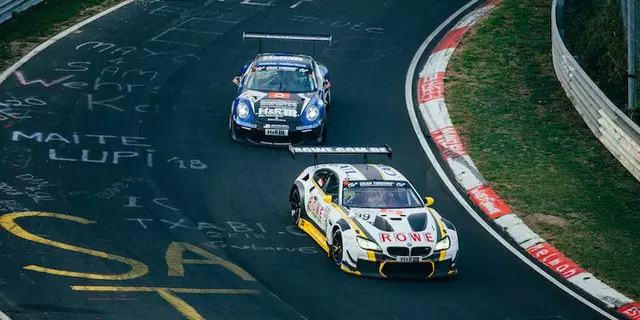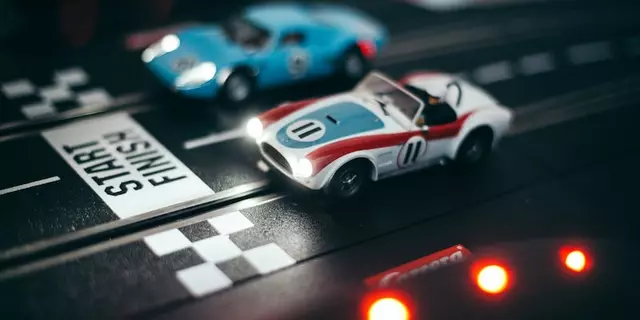Drag Racing: Is It Really Racing?
Ever watched a drag strip and thought, “Is this even a race?” You’re not alone. The short, straight‑line burst can feel more like a test of raw power than a race you’d see on a road circuit. But if there’s a start line, a finish line, and a clock ticking, does that automatically make it a race? Let’s break it down in plain English.
What makes a race a race?
A race, at its core, is a competition where two or more participants try to cover a set distance faster than anyone else. It doesn’t matter if the track is winding, the distance is 100 miles, or the event lasts just a few seconds. The key ingredients are a defined start, a clear finish, and a timing method that decides who’s quickest.
Think about a 100‑meter sprint in track and field. It’s over in seconds, yet we call it a race without a second thought. The same logic applies to motorsports: whether you race around a street circuit or down a straight line, the principle stays the same.
Drag racing compared to other motorsports
Drag racing strips away the corners, the overtaking battles, and the strategy of fuel management. What’s left is pure acceleration. Drivers line up, the lights drop, and the cars roar down a quarter‑mile track. The winner is the one who crosses the finish line first, often measured in hundredths of a second.
Traditional circuit racing—think Formula 1 or MotoGP—adds layers of skill: braking, cornering, tire wear, and racecraft. Drag racing substitutes those layers with sheer engine power, reaction time, and launch technique. Both demand skill, but they test different aspects of a driver’s ability.
Fans sometimes argue that because drag races are so short, they lack the “real” competition of a multi‑lap event. Yet the intensity is off the charts. A driver’s reaction to the starting lights can mean victory or defeat. The engineering challenge of squeezing maximum horsepower into a short burst rivals the complexity of building a long‑range race car.
When you watch a drag race, you see a clear, quantifiable outcome: the fastest car wins. There’s no ambiguity, no need for judges, just pure, measurable speed. That’s the same transparency you get in any other race format, just packaged differently.
So, is drag racing actually racing? Absolutely. It meets every basic definition: a set distance, a defined start, a clear finish, and a timed result. The only thing missing is the winding road, but that doesn’t change the fact that two machines competed head‑to‑head.
If you love the roar of engines and the thrill of seeing who can launch fastest, drag racing gives you that in its purest form. It’s the automotive equivalent of a sprint—short, explosive, and undeniably a race.





